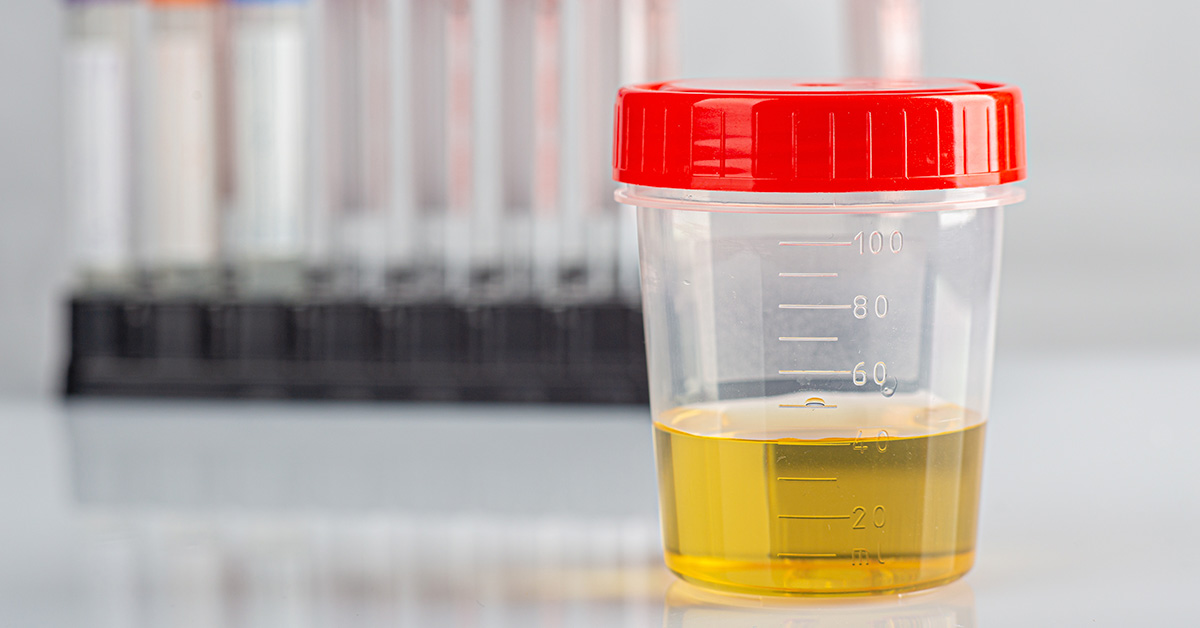An eye-opening study published in Ecotoxicology and Environmental Safety has shed light on a concerning revelation: microplastics have been found in human urine samples. This raises serious questions about potential health implications.1 A team of researchers analyzed urine samples from healthy individuals and those diagnosed with endometriosis (when endometrial tissue grows outside the uterus).2 The findings showed the presence of many different microplastic particles in these samples, with notable disparities in types and sizes between the two groups.
The Study

The research discovered that microplastics were present in samples from healthy participants and individuals with endometriosis. Notably, they were detected in 17 out of 29 samples from healthy donors and 12 out of 19 from participants with endometriosis. In both cases, this is an alarming amount. The healthy participants mainly had polyethylene in their system, while those from the endometriosis group had higher levels of polytetrafluoroethylene (PTFE). This discrepancy shows the potential influence of health conditions and how they may influence plastic particle buildup within the body.
Read More: Woman Disabled From Fluoroquinolone Toxicity After Use of Common Antibiotic
Methods Affecting The Madness

The study also revealed significant variations in the sizes of microplastics in the samples. Those obtained via metal catheters from those with endometriosis had smaller fragments compared to the other samples. This also emphasizes the influence sampling methods have on identifying and characterizing microplastics, raising important considerations for future research methodologies in this field.
What Does it Mean?

These implications extend beyond acknowledging microplastics in human urine. It has prompted much larger inquiries into the health consequences of plastic pollution. Dr. Leonardo Trasande, Director of the NYU Langone Center for the Investigation of Environmental Hazards, emphasized the significance of this study and the broader implications of plastic and human health.3 He notes that “while the links between microplastics and specific illnesses are not yet definitive, there are concerning indications warranting further investigation.”
Read More: Warning: 4 Common Vitamins Can Become Toxic If You Take Too Much
Light at the End of the Microplastic Tunnel

Researchers are now advocating for more comprehensive studies to better understand just how extensive the microplastic accumulation situation is in the human body. From there, we can better understand the potential health impacts. Critical questions about the distribution, behavior, and effects of microplastics need to be answered and represent the next step in safeguarding public health and handling the environmental consequences of plastic pollution.
Conclusion

As the global community grapples with this new, complex challenge posed by microplastics, the findings can help us grow our understanding of the interplay between plastic contamination and human health. Further research is needed to know exactly what is happening and why. Still, with collaboration and action, we can lower the effects of microplastic pollution and be sure future generations aren’t stuck holding the bill of previous mistakes.
Read More: Is Laundry Detergent Toxic? 7 Questionable Ingredients to Look Out For
Sources
- “Scientists discover highly toxic material in human urine: ‘Raises important new questions’.” The Cool Down. Mike Taylor. April 10, 2024
- “Microplastics in human urine: Characterisation using μFTIR and sampling challenges using healthy donors and endometriosis participants.” Science Direct. Jeanette M. Rotchell, et al. April 2024.
- “What are microplastics doing to human health? Scientists work to connect the dots.” CBC. Amina Zafar. April 26, 2024.

